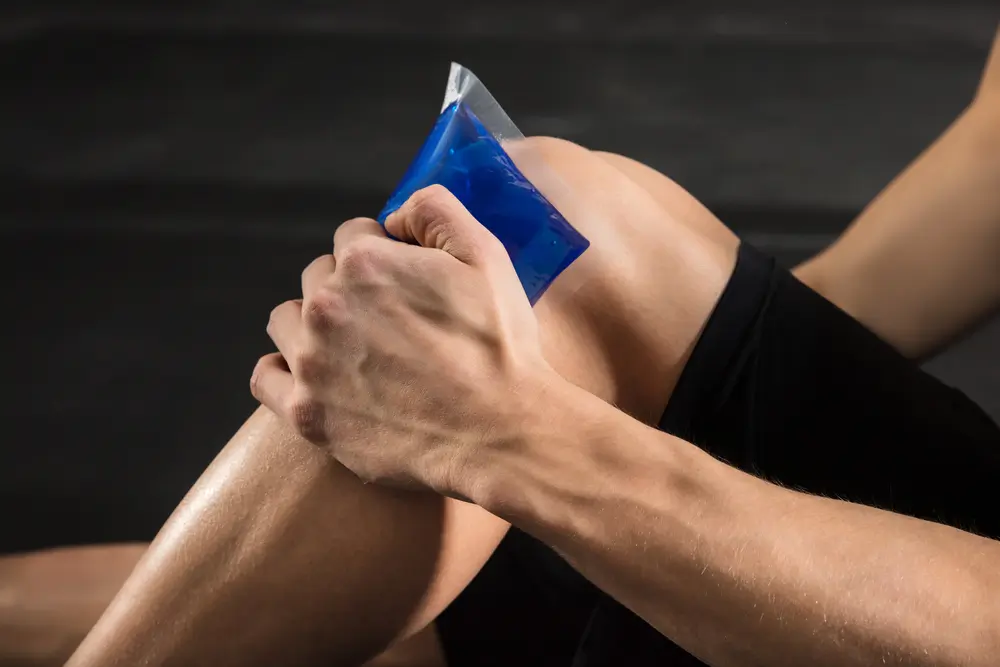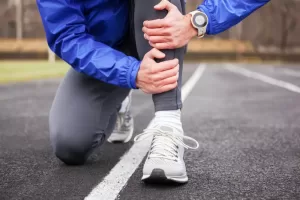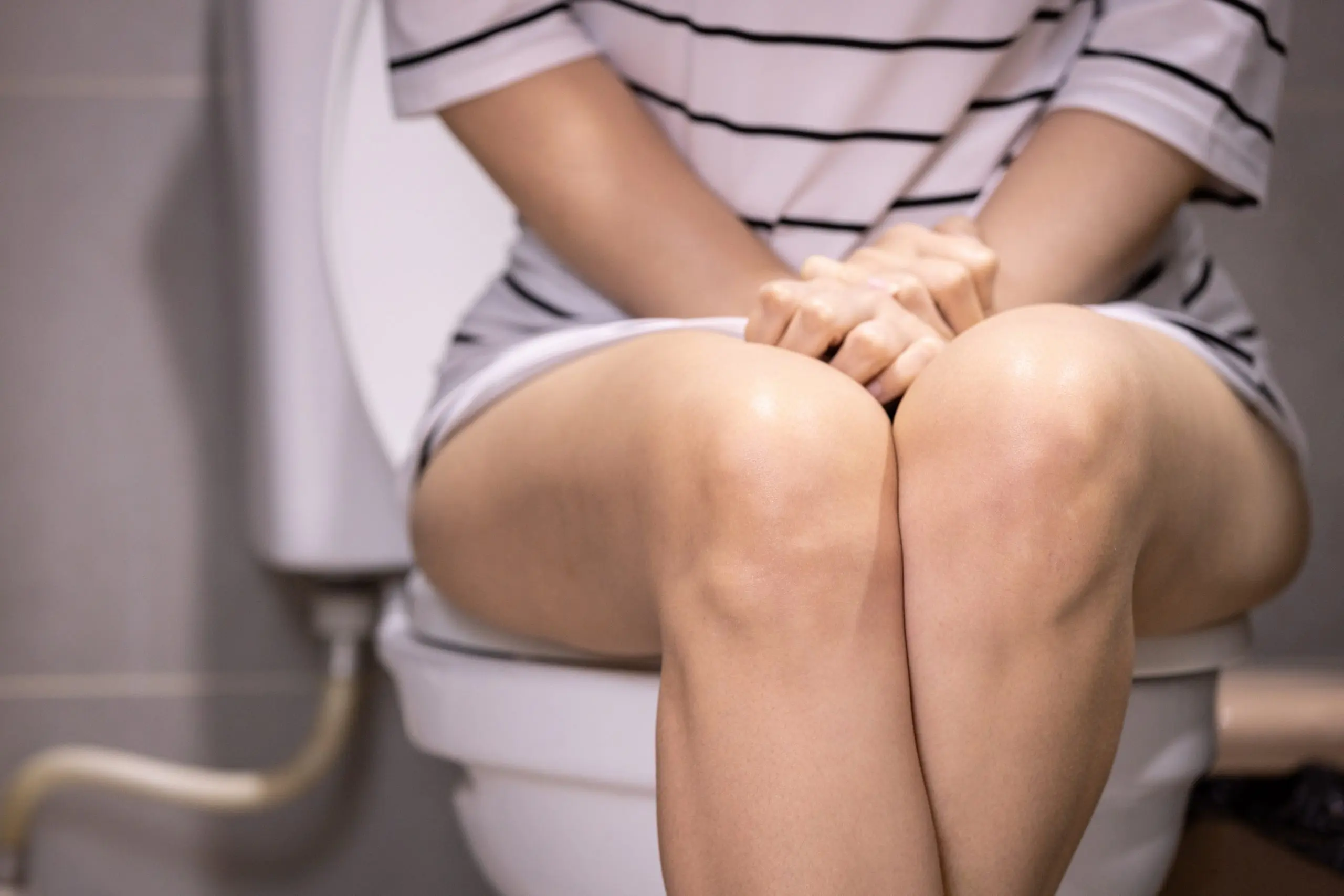Shin Splints- the facts.
Shin Splints- what is it?
- Shin Splints is also known as Medial Tibial Stress Syndrome or MTSS for short.
- It leads to pain along the shinbone, between your ankle and your knee.
- It’s often caused by over-training or by increasing the amount of running you do over a short time frame.
- Building your level of fitness and activity up more gradually may help you to avoid Shin Splints.
- The precise cause of the pain is not known, but it is believed to be a stress reaction due to the muscle and tendons pulling on the bone.
What are the symptoms of Shin Splints?
- Shin splints usually affects both legs, resulting in pain felt anywhere along the shin from the knee to the ankle.
- Tenderness when you press on your shinbone
- Sometimes there can be redness or inflammation of the overlying skin
- The pain tends to be triggered as soon as exercise begins
What causes Shin Splints?
- It is though to be a stress reaction, with inflammation occurring where the muscles and tendons pull on the shinbone
- The “shinbone” is actually formed by two bones- the tibia and fibula. The muscles attached to these bones move your ankle and foot and are thus very active when you run.
Who gets Shin Splints?
As mentioned above it can be triggered by a lot of running or over-vigorous training in sports that involve a lot of running. It’s also more common in the following groups:
- Women
- People who are overweight/obese
- People whose feet “over-pronate”- this may be due to flat feet or “collapsed arches”, also known as pes planus.
- Running on uneven or hard surfaces
- Wearing poor unsupportive footwear while running or training.
How do you get rid of Shin Splints?
- It’s important not to “run through the pain” if you have shin splints.
- Treatment for shin splints usually involves rest to allow the inflammation to settle- this may take weeks or months
- Ice-packs and anti-inflammatories may give some relief
- A good physiotherapy program may help with recovery and instruct you with regards to correct running technique
- Low impact sports such as swimming can allow you to stay active as you get better
- If there are foot problems, a podiatrist opinion may be very useful, with attention to proper footwear and arch support.
What else could it be?
Other causes of shin pain include
- Tibial Stress Fracture
- Chronic Exertional Compartment Syndrome (CECS)
If you are suffering from chronic shin pain, speak to your doctor as it’s important to ensure the diagnosis is correct and that you get the proper treatment.
Further Patient Resources:
Shin Splints. physioworks.com.au
Shin Splints. betterhealth.vic.gov.au
Article Resources:
Craig DI. 2008. Medial Tibial Stress Syndrome: Evidence based prevention

Getting a Mental Health Care Plan in Australia: Your Guide
Getting a Mental Health Care Plan in Australia: Your Guide Mental health matters—and if you’re feeling overwhelmed, anxious, or down, a mental health care plan can help. But what is it, and how do [...]
UTI Symptoms and Treatment: What You Need to Know
UTI Symptoms and Treatment: What You Need to Know Urinary Tract Infections (UTIs) are common, uncomfortable, and often disruptive. But what exactly are the signs to watch for, and how can you get relief [...]
Free Mental Health Care Plan Online | Bulk-Billed by Qoctor
Free Mental Health Care Plan Online | Bulk-Billed by Qoctor Discover how to get a free, bulk-billed Mental Health Care Plan (MHCP) in Australia through Qoctor's telehealth service. Accessing [...]





